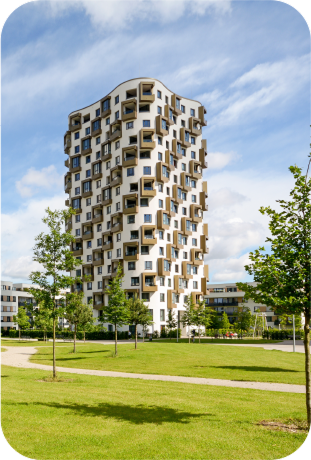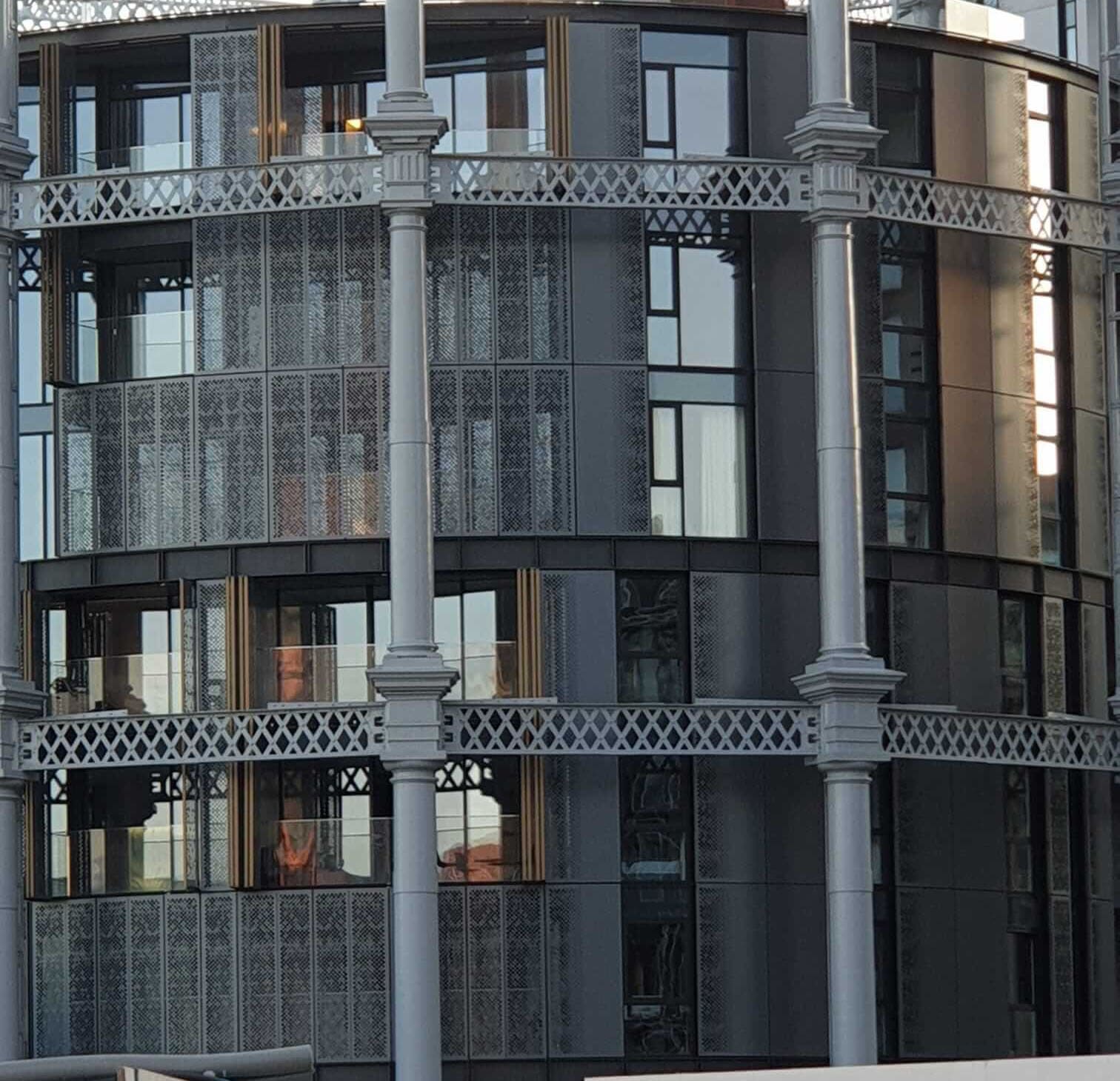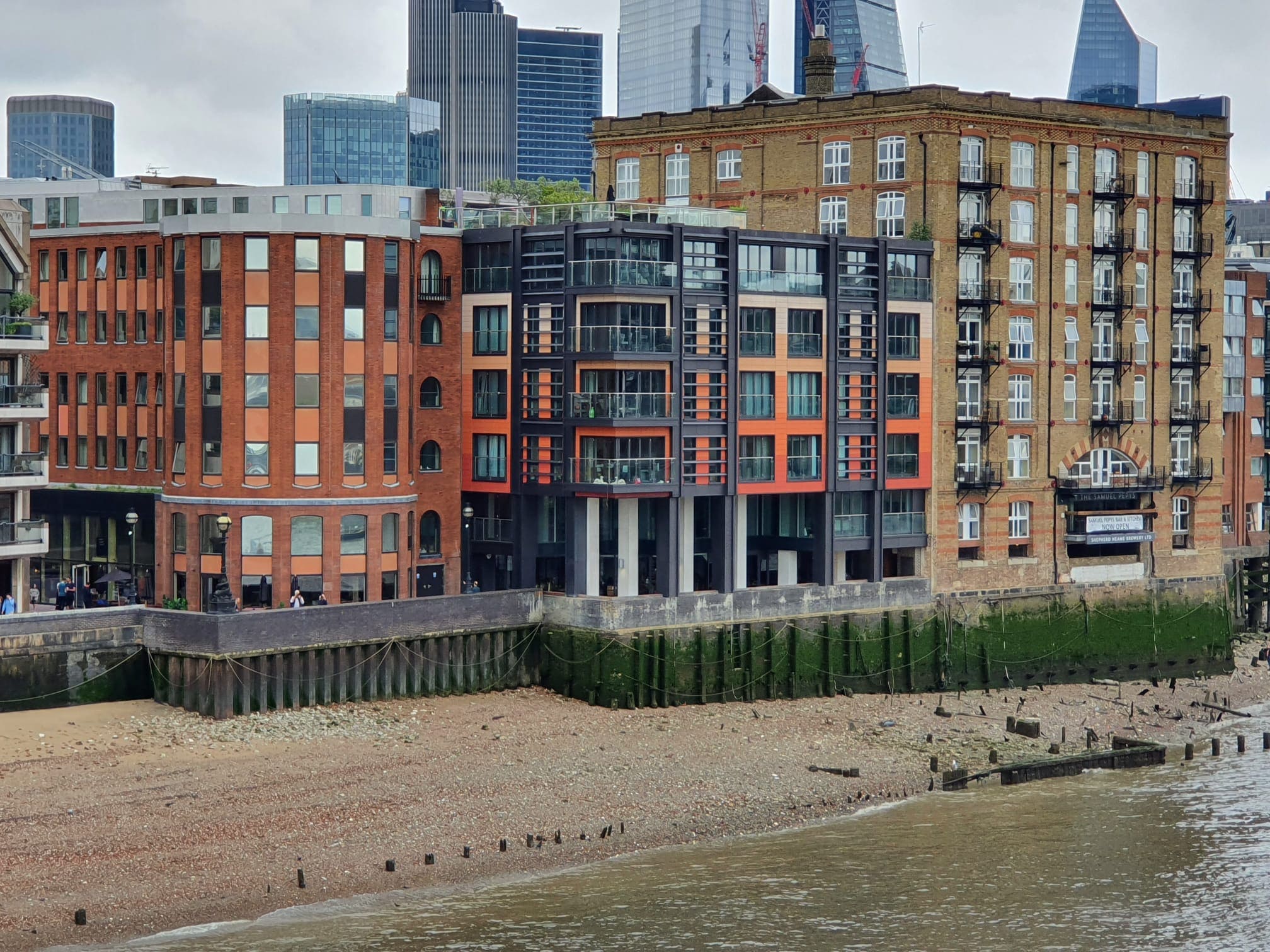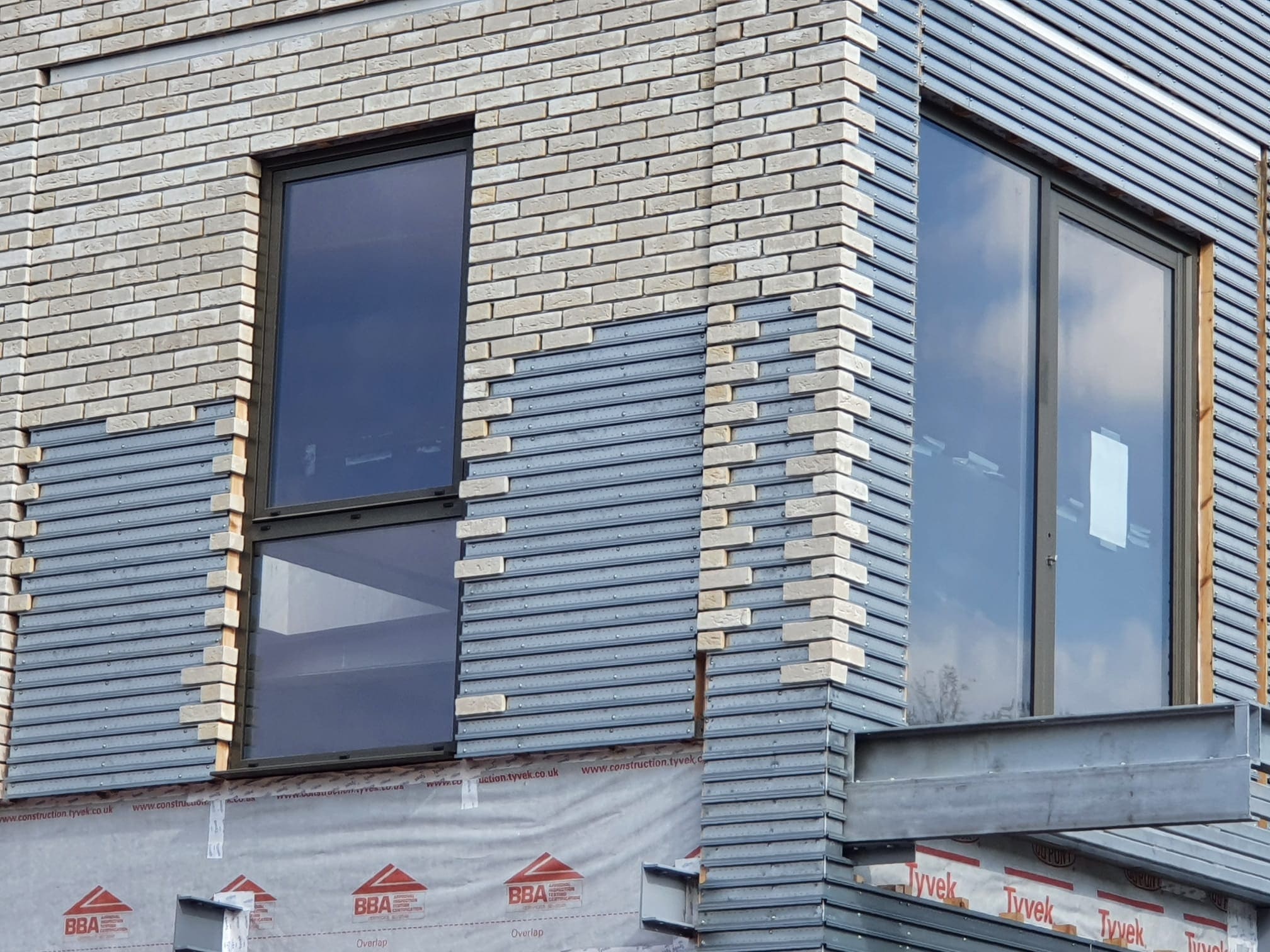 554
554
 0
0
Greenhouse Gas Emissions on the Rise: The Role of Poor Insulation
A recent report on greenhouse emissions in the UK has revealed some shocking data. Over the last decade, greenhouse emissions from UK residential properties have significantly increased. It is reported that the average UK home currently produces 2.29 tons of CO2 annually. The report analyzed the extent of greenhouse gas emissions released across the country over the previous decade and identified the sectors driving these emissions. The aim was to determine how much greenhouse gas the average home produces, based on the number of dwellings across the UK.
UK Homes: The Leading Contributor to Rising CO2 Levels
The latest data available on the subject is from 2021 to 2022. There was a 4.7 percent increase in greenhouse gas emissions during this period, totaling 424.5m tonnes of CO2. These emissions were largely driven by transport (up by 10 percent), public service (up by 6.3 percent), and private business sectors (up by 5.9 percent). The fourth largest increase was in the residential sector, which saw a 5.8 percent rise on an annual basis.
How Home Energy Use is Driving Greenhouse Gas Emissions
The report revealed some critical data:
UK residential homes are the most significant contributor to greenhouse gas emissions, emitting 68.1m tonnes of CO2. The transport and energy supply sectors rank behind residential homes.
Analysis of figures for the last decade indicates that residential homes have seen the most significant average annual greenhouse gas emissions increase at 0.3 percent.
Around 29.8m residential dwellings across the UK emitted 68.1m tonnes of CO2 in the last year. This means the carbon footprint for the average home is currently at 2.29 tonnes per year—up from 2.18 the previous year.
The Impact of Heating and Cooking on Carbon Footprints
Experts claim this rise is mainly due to the use of natural gas for cooking and heating. The reliance on gas-powered heating systems significantly contributes to household emissions, making energy efficiency improvements a necessity.
Solutions to Reduce Emissions: Energy Efficiency at Home
A few suggestions have been proposed to help control emissions and reduce the numbers to manageable levels. One such recommendation is batch cooking. Climate experts also advise using slow cookers, air fryers, and other energy-efficient cooking methods. Forward planning is essential to effectively lower carbon emissions.
Carbon emissions can also be mitigated by making residential homes more energy efficient. This includes:
Investing in double glazing
Installing smart meters
Reducing draught areas
Improving insulation
A Sustainable Future: Steps to Lower Household Carbon Emissions
By adopting energy-efficient measures, UK homeowners can significantly reduce their carbon footprint. Government incentives and awareness campaigns can further encourage homeowners to invest in sustainable solutions. A combined effort from homeowners, policymakers, and energy providers is crucial in achieving long-term reductions in greenhouse gas emissions and creating a more sustainable future.





Meet our Expert Property Commentators



























